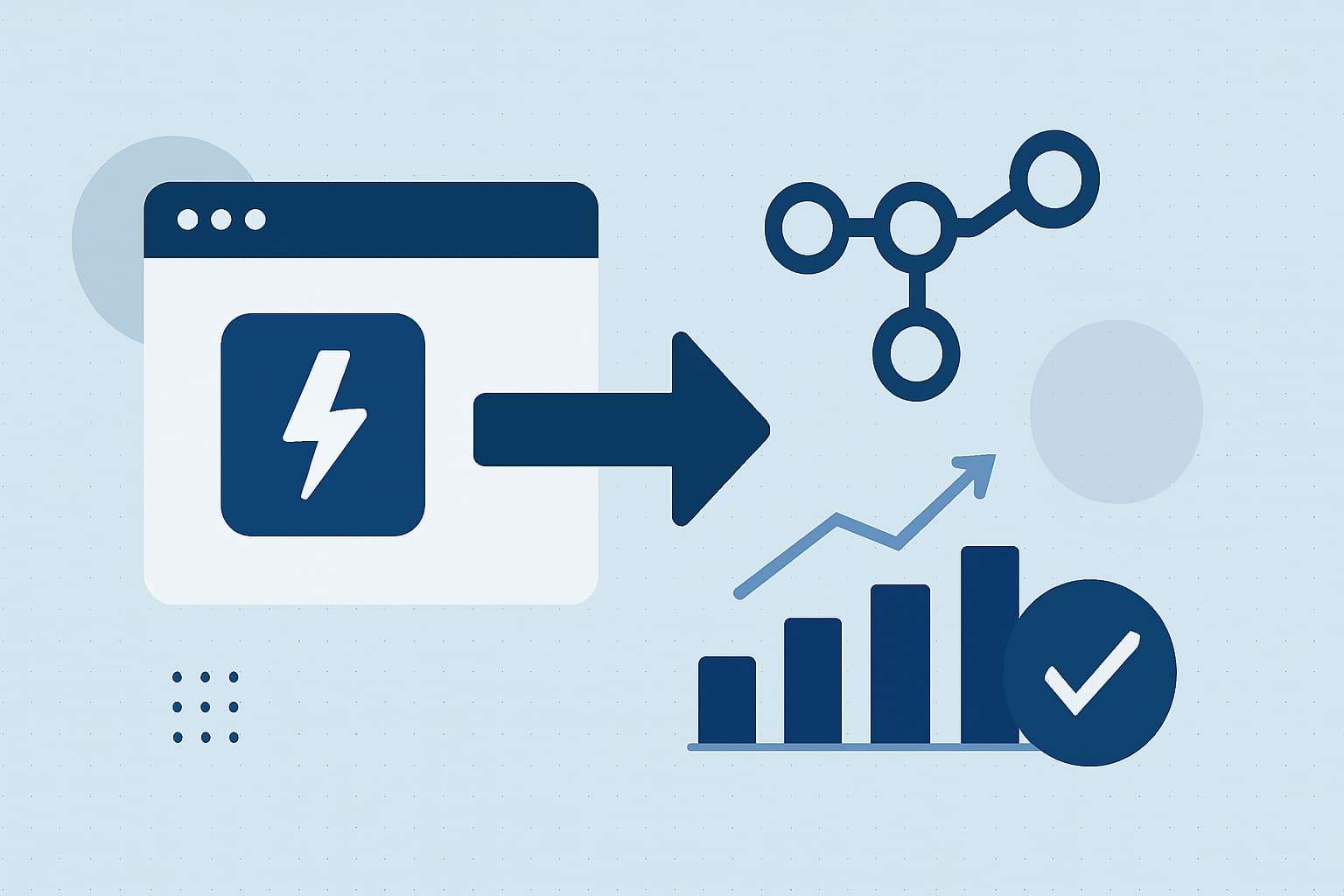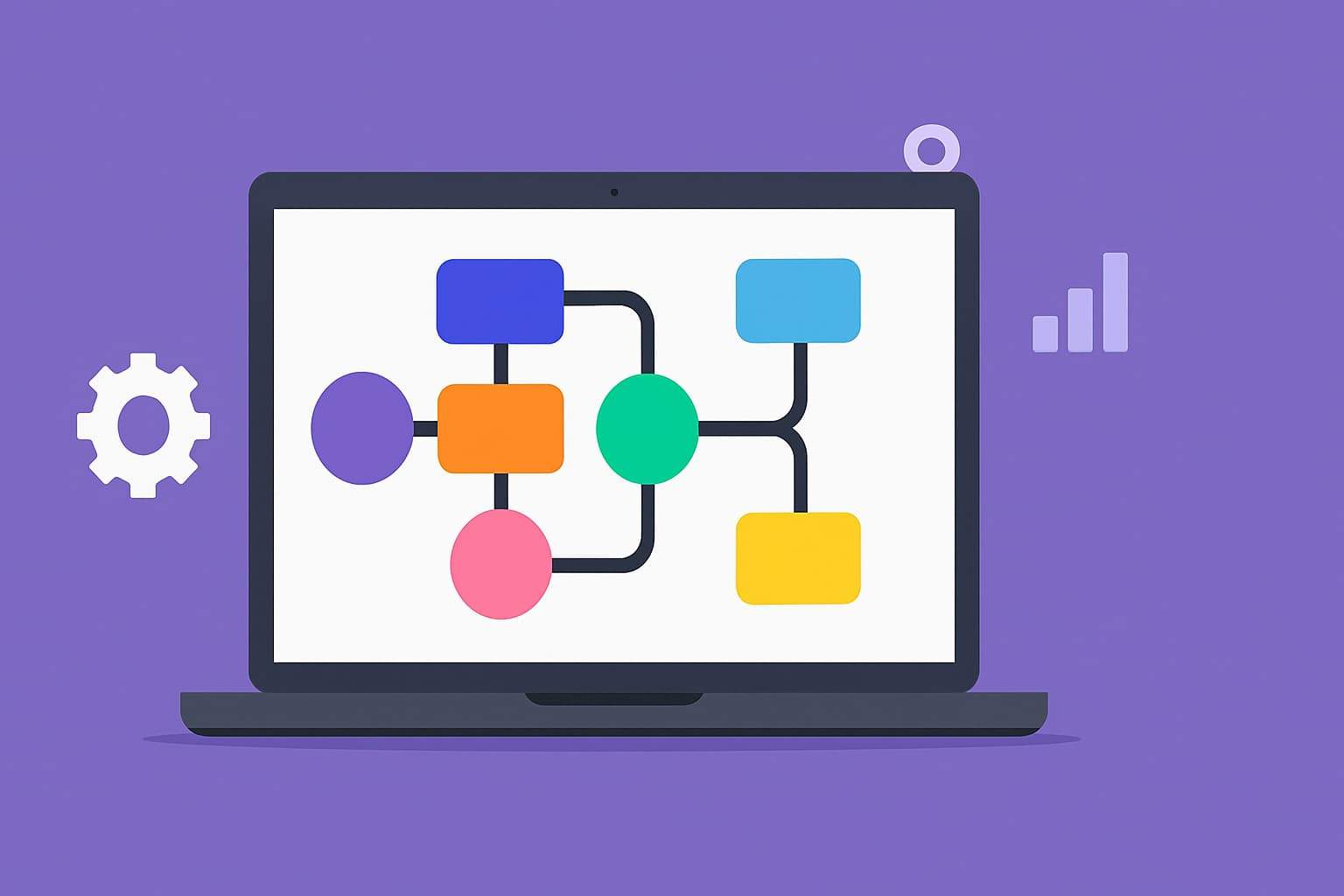Error Handling in Make.com – Best Practices for Reliable Automations

Are you ready for error handling in Make.com – best practices for reliable automations.
When you build automations in Make.com, errors will happen—APIs throttle, data arrives incomplete, tokens expire, or network timeouts interrupt your flow. The difference between a frustrating failure and a reliable automation lies in how you handle those errors. In this guide, I’ll show you the best practices for error handling in Make.com so your automations stay dependable, resilient, and easy to troubleshoot.
Table of Contents
Why Error Handling Matters in Make.com
Automation errors can cost you more than lost time. Research shows downtime costs businesses $14,000 per minute on average (Gartner). Even if your automations aren’t customer-facing, failed workflows can block orders, delay billing, or duplicate sensitive data.
That’s why Make.com provides tools like Error Handlers, Incomplete Executions, Sequential Processing, and Retry Strategies. By using these properly, you build automations that recover gracefully.
Key Tools for Error Handling in Make.com
1. Error Handlers
Make gives you five options: Break, Resume, Ignore, Commit, Rollback.
- Use Break to stop and retry with backoff.
- Use Resume or Ignore only if the error won’t harm downstream steps.
- Use Commit/Rollback for modules that support transactions.
2. Incomplete Executions
Turn on “Allow storing of incomplete executions.” This saves failed runs so you can fix the issue and resume without losing progress.
3. Sequential Processing
Enable this setting when order matters. It ensures Make runs scenarios one at a time and waits for incomplete runs to resolve.
4. Scenario Settings
- Set “Number of consecutive errors” (default 3) to prevent runaway loops.
- Use “Enable data loss” only if continuity matters more than saving every single record.
Best Practices for Reliable Automation
Validate Data Early
Use filters and conditions to check inputs before sending them into critical modules. Reject bad data upfront to prevent corrupted records.
Build Idempotency
Create unique keys (e.g., OrderID + Action) in a Data Store. Check before performing irreversible actions like payment processing to avoid duplicates.
Retry with Backoff
Attach Break handlers with 3–5 retries. Use exponential backoff (10s → 30s → 90s).
Alert with Context
Set up Slack or email notifications that include:
- Scenario name + run link
- Error message
- Correlation IDs
- Next action steps
Graceful Degradation
When non-critical APIs fail, keep core processes running and re-queue failed tasks for later retries.
Real-World Example: Rate Limit Safe API Calls
- Add a Sleep module before the request (based on API limits).
- Run HTTP request.
- Attach Break handler with retries and backoff.
- Store incomplete executions to retry safely.
Conclusion
Error handling isn’t just about avoiding red error messages—it’s about keeping your business reliable even when things go wrong.
Here’s what to do today:
- Turn on Incomplete Executions.
- Add Break handlers with backoff to all external calls.
- Implement idempotency keys before any side-effect action.
When you apply these, your Make.com automations won’t just run—they’ll run reliably.
FAQs About Error Handling in Make.com
What is the Resume error handler in Make.com?
The Resume error handler tells Make.com to continue running the scenario after an error as if it didn’t occur. It’s useful when the error is non-critical and you don’t want the run to stop.
What is error handling with example?
Error handling is the process of managing problems in a system so it doesn’t crash.
Example: In Make.com, if an API call fails due to a timeout, you can set a Break handler with retry so the scenario tries again instead of stopping.
What are the 5 exception handling?
In Make.com, the five error handlers are:
Break
Resume
Ignore
Commit
Rollback
What is the purpose of error handling?
The purpose of error handling is to ensure systems run smoothly by catching failures, retrying when possible, preventing data loss, and alerting users when manual action is needed.




